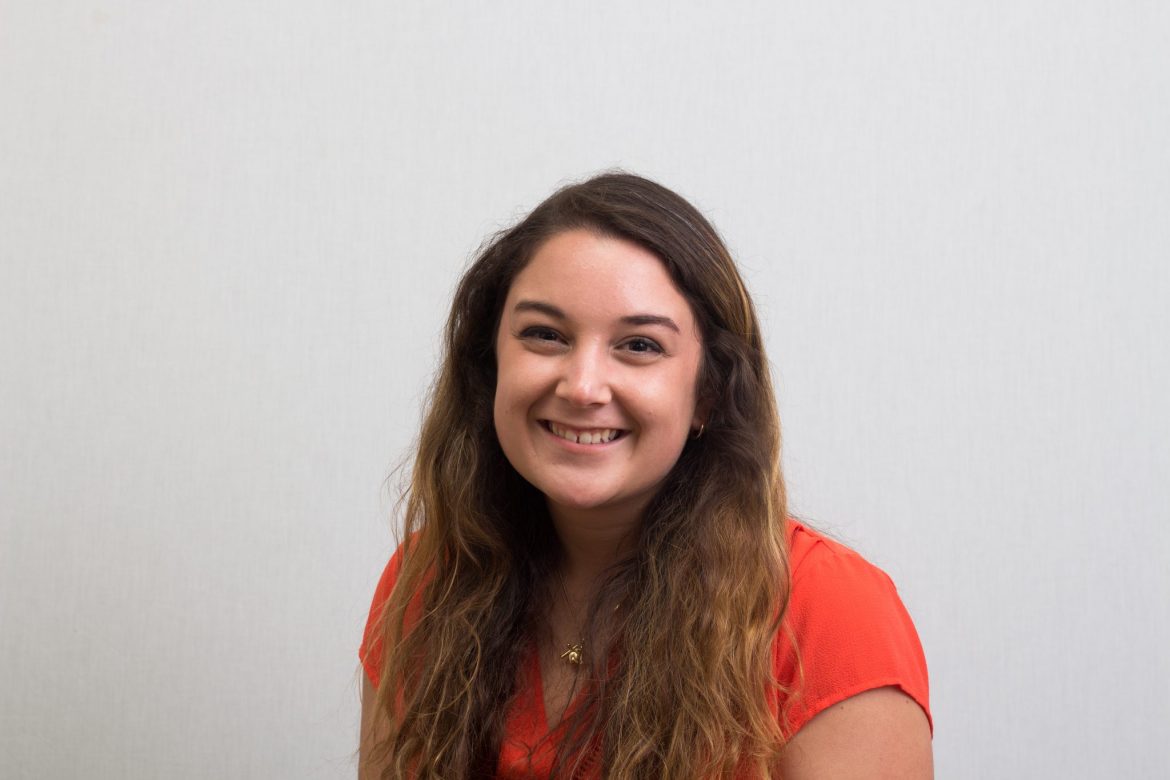I went to elementary school with a boy named Dilraj. I am certain he was Indian. I remember him wearing a turban on his head. As a kid, I did not think much of it. We sat next to each other in typing class, and we always competed to see who could type the fastest. I remember thinking he was very smart and that his mother’s hair was very pretty, as I noticed it neared her ankles when she picked him up from school.
I never knew why Dilraj and his relatives were the only boys in school to wear turbans, nor did I ever ask, but this weekend I was able to learn a little bit more about his life than even our third grade teacher probably ever knew.
As part of Dr. Monte Cox’s Living World Religions field trip, our class had the honor of visiting and observing several places of worship, including those of the Baha’i, Islam, Hindu, Sikh, Jewish and Buddhist religions.
At the Sikh place of worship, a gurdwara, we met a man named Raj. He is a retired engineer living in Chicago, his home for a few decades now since migrating from India. Raj practices Sikhism, a monotheistic religion predominantly practiced in India. He wears a turban on his head, which tames his uncut hair and serves as a head covering to honor the Adi Granth, the Sikh holy book.
The Sikhs were very friendly, serving us a meal known as “langer,” which involves a practice of sitting on the floor and serving anyone who comes despite social class or religion. They believe in respect and serving to others.
These ideals were similar within all of the places of worship we visited. The Muslims at the mosque prepared us lunch, and our guide Umar was quick to respectfully explain his beliefs and answer our hard-pressing questions. Duane, our host at the Baha’i temple, was excited to tell us their belief in Baha’u’llah and his writings about unified religion, humanity and God.
All of the people we encountered were fully devoted to their way of life and the god(s) they worshipped. They did not try to convert us, but to be honest and willing to show us why they dedicated their lives to their specific faiths. And, though others on the trip disagreed, I cannot sincerely say that I feel pity for these people. They are as firm in their beliefs as much as we are in ours. Instead, I felt a sense of connection with them — sharing in humanity and acknowledging the spiritual nature within us.
I wonder how different our Christian reputation would be if we did the same, being open and vulnerable to difficult questions instead of quickening to the defense. I wonder how different Christians would be viewed if more people sought God with reverence, an honor to stand before him instead of moaning or disengaging in chapel and church services.
I wonder what would happen if we viewed and loved people of differing religions with respect, thinking little of differences, as a child views a classmate.
My mother used to tell me about the comparative religion course she took during her time at Rochester College (then called Michigan Christian). Her class did not have a field trip like ours, but she was able to visit different places of worship. Now, I cannot help but believe that this exposure played a role in her acceptance of other people who had differing beliefs.
I bet one day I will tell my children about this trip, too, and teach them not to be afraid of unfamiliar faces, or even the turban that covers the head of the boy they sit beside in class. Not only do I believe that this makes us more knowledgeable and effective Christians, but more loving and compassionate people.
